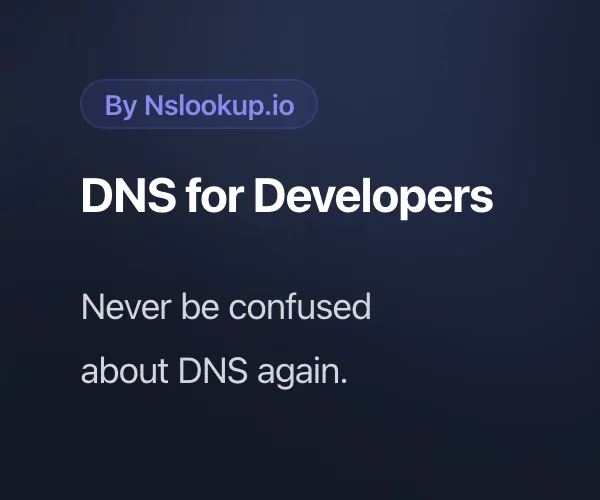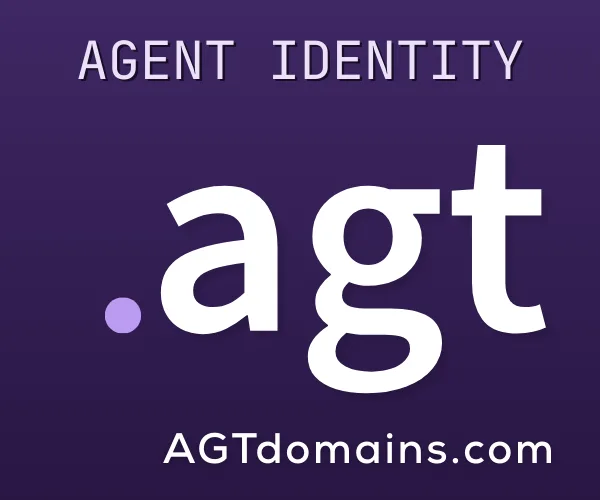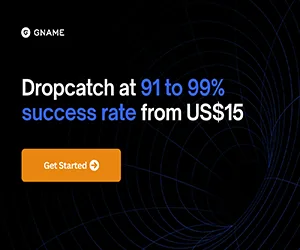I'm always delighted to come across the original owner of a keyword premium domain name. Most of us, even as professional domainers or hobbyists, can only imagine having done that back in the early 90'. It's been great to talk with John Sackton and hear his story about the domain and the evolution of his business.
John Sackton began writing seafood industry news in 1977, and has worked in all areas of the industry, from fisheries management, trade associations and magazines, to running his own seafood import business, to being General manager for Baader North America. In that capacity, John got to know most of the major seafood processing companies and vessels from Alaska to Mississippi to Newfoundland. After leaving Baader in 1994 John founded Seafood.com to provide news services, market analysis and consulting to industry.
Mike: When you registered the name back in 1994, did you have any idea of how good the name was?
John: Absolutely not. Back in 1994 in Boston I had been working on a project to produce monthly seafood commodity reports on CD-Rom to distribute to subscribers. On a whim, a neighbor and I went out to Microsoft's annual development conference that year, in San Jose. His sister had an apartment there. I think George Lucas was a keynote speaker. But at that conference I discovered the internet.
Immediately when I got back to Boston I searched for a domain name, abandoning the idea of CD-Rom in favor of online distribution. The first one I tried was fish.com. That was then owned by a Buddhist group in San Francisco. Then I thought I would try seafood.com. Bingo, it was there. This whole process took less than five minutes. This was in June of 1994. It never occurred to me for one minute to search for other domains that might have been available.
Mike: Since then, have you registered other names (other than seafoodnews.com)? If so, can you provide some examples? Have you done anything with these names?
Yes. As we built out our website, we quickly got into the business of helping other seafood companies register domains and set up websites. I think we had onlinelobster, we also have seafoodlink.com, seafooddatasearch.com, fishfacts.com. We have never done anything with these domains, as at that time we were mostly providing a service helping others register domains in their own name. Many of these were company names, like Stavis.com, Ore-Cal.com etc. Our own domains we used for testing sites, parking files, etc. Nothing too serious.
Mike: Prior to the interview, you mentioned to me that in the year 2000 there were 37 competing sites all trying to set up seafood online trading exchanges. How did you fit into the mix and how did you take the turn to focus on seafood news? Is seafoodnews.com now your main business?
John: Seafoodnews is definitely our main business. We have now moved on from 1995 to 1999-2000. There was an explosion of venture capital interest in internet trading platforms, as part of the dot com bubble, and seafood was no exception. There was fishmarket.com, tradingseafood.com, worldcatch.com, gofish.com, and many others, all with the same pitch to VC's: that they would capture the entire seafood trading business from the current wholesalers and middlemen and brokers, and earn revenue on every transaction. Some of these sites raised serious VC money, on the order of $35 million or so. But the trading platform in seafood was elusive. When they crashed and burned, there was generally hell to pay.
Remember online bulletin boards. Our first venture into seafood trading was that we ran an online bulletin board where people could post offers to buy and sell fish. We did this as a free service. A lot of it seemed garbage to me, but then at an industry meeting some one came up to me and said he had made $25,000 off one trade on our site, arranged through the bulletin board.
We began to wonder how we could actually leverage trading in a responsible way. At this time Seafood.com partnered with another company, Urner Barry, which is the oldest commodity price reporting company in the US, founded in 1858. They are the only ones with a reputable seafood price reporting service which runs on subscription. Our value was to add seafood news to their existing site, and their value was to explore whether a trading platform could compliment their business. Our 25 year partnership was sealed with a handshake, and survives to this day.
But we quickly realized that those who claimed a large percentage of seafood trading would move on line were wildly out of touch, and their revenue projections for their businesses were hot air. We approached VC's as well, but with a much more tempered expectation of growing a profitable business, but not revolutionizing the industry. We did get some money from Rabobank's VC arm, but it occurred the exact same month as the NASDAQ crash in March of 2000.
They urged us to merge with another company they had funded, called tradingproduce.com. Trading Produce was not invested in a open trading platform, but instead was building direct links between produce sellers in California and their customers around the country to make purchasing more efficient. In essence they linked the producers sales and inventory system directly to the supermarket or foodservice buyers internal procurement system on the internet in a secure way.
Our job was to explore this for seafood, and to use our news service to drive interest in their site. That company was very successful. It was renamed itradenetwork (I came up with the name), and in 2010 after many acquisitions across meat, poultry, logistics, produce, it was purchased by a private equity group for over $500 million in 2010. They now have over 10,000 customers, 17 of the top 20 North American Supermarkets, most of the major foodservice buying groups etc.
But the news service did not work out, nor did their platform gain much traction in the seafood industry. After less than 2 years, at the end of 2001, I unwound our deal and Urner Barry and myself took back full control of Seafoodnews.
In the meantime, the popularity of our news service was growing by leaps and bounds. Suddenly the entire industry was quoting us, feeding us stories, and depending on us every day. At that point, Urner Barry said it was crazy for us not to charge a subscription for this service, as it no longer served a purpose of just bringing traffic to our website.
So we built a subscription model, put our news behind a paywall, and have never looked back. Our business has a steady income, we have grown consistently in revenues year to year, and we consistently moved our news customers on to Urner Barry's more expensive flagship price reporting service. We have survived and can trace our history back to the original seafood.com. The other companies, with exception of trading produce, either disappeared entirely, or were bought or merged into seafood wholesale operations.
We have one competitor (a Norwegian company) who still employs an editor who worked for one of the early trading sites, but that is about it.
Mike: The site has a plethora of seafood news. How are you able to source this, keep it current, and attract new subscribers?
John: Our secret is that we are writing for the seafood industry, from within the seafood industry. I myself had a career in seafood that took me all over North America and Canada prior to founding Seafood.com. We have a network of correspondents who also have other jobs within the seafood industry, mostly in trade associations or research, not actively buying and selling. And we have our partnership with Urner Barry, who has a powerhouse news gathering group for meat, poultry, eggs, and seafood, and now has a presence in Europe through its parent company Agribriefing, based in the UK. Urner Barry has wire service agreements that allow us to supplement our original stories with a broad range of seafood related stories from around the globe. So we have become a daily one-stop source for all the news relevant to seafood buyers producers, brokers, traders, importers and exporters, not just in the US, but in all the major seafood producing areas of the world.
Mike: Has either name helped you in search engine rankings and/or reduced your marketing costs? How has it been beneficial to the business?
John: For many years we were the top ranked hit on google for 'seafood'. We found that helpful, but not critical to our subscriber growth, as our actual target subscriber audience is quite small. We are a specialized industry, and we are not consumer focused. Seafood.com helped drive search traffic, but it did not generate subscriptions for us. That is why we felt we could transition from seafood.com to seafoodnews.com.
Now we are the first ranked result on google for seafood news. Also our stories come up highly ranked in any searches for individual items like salmon news, crab news etc.
We like the seafoodnews name because it directly describes what we do. In my view, the seafood.com domain could have a higher value as a consumer facing domain, or in a branding campaign. For example, a global seafood company that wanted to tie together its operations in Europe, China, and North America, could use seafood.com as part of such a strategy.
We have had discussions with international seafood marketers regarding the domain, but none of them fit us well enough to end in a domain sale.
Mike: What would you tell a business owner or entrepreneur that is looking to purchase a domain name to launch a business on?
John: Why buy a domain name? If you are a broker, it is simply a gamble you may be able to sell the domain for a higher price than you paid. For us with seafood.com, we are interested in selling directly to the party who will use the domain.
I think the most important thing in buying a high level domain like seafood.com is to have a marketing and branding strategy that is commensurate with the domain name. First, a high level domain name like this is suitable for a global marketing strategy, as the .com signature transcends international boundaries.
Second, a domain like this may be highly valued for consumer facing businesses, because it is easy to remember and search on.
With current ubiquity of search the business domain can be practically anything, and if enough is spent on advertising, a search will bring the correct result: the company comes up first for those looking for it, or who may be potential customers if exposed to it.
But a high value domain like Seafood.com can short cut this process, so instead of having a customer search for seafood, they would search on seafood.com and go right to the correct website.
So a high level domain can actually make advertising money much more effective, because the website address is so easy to use and remember.
Should a business be launched on a domain? I don't have an answer to that. In my view, an existing business can get a boost through using a domain like this as part of their marketing strategy. To create a business from scratch based on a domain like seafood.com would take a lot of expertise in the seafood industry. I think the value is not so much convincing consumers to buy online, as it is in enhancing their relationship with a particular brand or product that already has multiple presences, both online, in stores, and in restaurants.
The other issue, for a business person looking at a domain name, is what customers he or she wants to engage. Seafood is a very contentious, emotional and fraught subject for people. Some like it. Some hate it. Some care where their fish is caught, whether it is sustainable, and whether it was guaranteed to be free from slave labor. Others have no interest in eating fish at all. So a domain strategy has to ask the question who am I aiming at with this domain? Will the domain help segregate my customers into those who will interact with me, and those who won't. I think a specialized name like seafood.com can help segregate these opportunities, but to take advantage, a buyer must know what they want.
Mike: If you could turn back the clock, is there.anything you would have done differently?
My god, who wouldn't want to turn the clock back to 1994 to do something differently? I am very happy with our business trajectory, as it has served my own skills and interests very well. But of course, with hindsight I could have bought a plethora of major domain names, and parceled them out for sale as the internet got more popular.
But I also could have invested in Apple, or any of the other myriad tech opportunities that were there that year and became much bigger in the future.
So, maybe I would have stayed longer in San Jose, and got to know the tech industry a little better. But on the whole, I would not wish to turn the clock back. Our success and survival as a business has always been based on our honesty, trust of our customers, and commitment to our industry. To me those are timeless qualities that would work in any age, not just the dot.com boom.





